Animal: Markhor
Overshadowed by: Mountain Goats
Classification: Mammal
Scientific Name: Capra falconeri
Endangered Status: Endangered
Diet: Grass and Leaves
Habitat: Mountains in Uzbekistan, Pakistan, and the surrounding area.
Size: 65-105 centimeters tall and 71-243lbs
Predators: Wolves, Snow Leopards, and Lynx.
Fun Facts: The Markhor is the national animal of Pakistan.
Saturday, December 3, 2016
Wednesday, August 31, 2016
Addax
Animal: Addax
Overshadowed by: Thompson's gazelle and Amur leopard which is supposedly the 2nd most endangered animal with 40 left.
Classification: Mammal
Endangered status: Critical - 3 left in the wild
Diet: Grass, melons, and scrubs they can find
Habitat: Sahara Desert
Size: (shoulder height) 90-115 cm weight 60-125 lbs
Scientific name: Addax nasomaculatus
Predators: Lions, African wild dogs, leopards, cheetahs, and hyenas
Fun facts: Addax is the 2nd most endangered animal on earth.
Overshadowed by: Thompson's gazelle and Amur leopard which is supposedly the 2nd most endangered animal with 40 left.
Classification: Mammal
Endangered status: Critical - 3 left in the wild
Diet: Grass, melons, and scrubs they can find
Habitat: Sahara Desert
Size: (shoulder height) 90-115 cm weight 60-125 lbs
Scientific name: Addax nasomaculatus
Predators: Lions, African wild dogs, leopards, cheetahs, and hyenas
Fun facts: Addax is the 2nd most endangered animal on earth.
Sunday, August 28, 2016
American Bison vs. Water Buffalo
Animals: American Bison and Water Buffalo
Diet (American Bison): Grass and shrubs
Diet (Water Buffalo): Grass, shrubs, and aquatic plants
Range (American Bison): Mostly in U.S. national parks
Range (Water Buffalo): Wild water buffalo live only in wild life reserves in Asia.
Other differences: Water buffalo spend most of their time mostly submerged.
Diet (American Bison): Grass and shrubs
Diet (Water Buffalo): Grass, shrubs, and aquatic plants
Range (American Bison): Mostly in U.S. national parks
Range (Water Buffalo): Wild water buffalo live only in wild life reserves in Asia.
Other differences: Water buffalo spend most of their time mostly submerged.
Monday, August 22, 2016
Narwals
Animal: Narwals
Overshadowed by: Fictional Narwals
Classification: Mammal
Endangered Status: Near threatened
Diet: Fish, squid, and shrimp
Size: 13-16 feet long and weigh up to 1.8 tons
Habitat: Narwals are often found in the arctic waters of the North Atlantic near Russia and Greenland.
Scientific name: Monodon monoeros
Predators: Polar bears, and Orcas
Fun Facts: Can live up to 50 years, can dive up to 5,000 feet, and their tusk is actually a large tooth.
Overshadowed by: Fictional Narwals
Classification: Mammal
Endangered Status: Near threatened
Diet: Fish, squid, and shrimp
Size: 13-16 feet long and weigh up to 1.8 tons
Habitat: Narwals are often found in the arctic waters of the North Atlantic near Russia and Greenland.
Scientific name: Monodon monoeros
Predators: Polar bears, and Orcas
Fun Facts: Can live up to 50 years, can dive up to 5,000 feet, and their tusk is actually a large tooth.
Sunday, August 21, 2016
Maned Wolfs
Animal: Maned Wolf
Overshadowed by: Gray wolfs
Scientific name: Chrysocyon brachyurous
Classification: Mammal
Size: 51 lbs and 35 in tall
Endangered status: Near threatened
Diet: Small rodents, insects, reptiles, and birds
Habitat: Mainly in the large area of open woodlands and savannah.
Predators: Wild Dogs
Fun Facts: Unlike other wolves, the maned wolf is a solitary animal, the largest canid in South America.
Overshadowed by: Gray wolfs
Scientific name: Chrysocyon brachyurous
Classification: Mammal
Size: 51 lbs and 35 in tall
Endangered status: Near threatened
Diet: Small rodents, insects, reptiles, and birds
Habitat: Mainly in the large area of open woodlands and savannah.
Predators: Wild Dogs
Fun Facts: Unlike other wolves, the maned wolf is a solitary animal, the largest canid in South America.
Saturday, August 20, 2016
Southern Elephant Seals
Animal: Southern Elephant Seals
Overshadowed by: Harbor/Spotted Seals and Sea lions
Classification: Mammal
Size: Up to 20 feet long and 8,800 pounds
Endangered Status: Right in the middle
Diet: Fish and squid
Habitat: Islands near the Arctic Circle and South Georgia Island in the South Atlantic Ocean
Scientific name: Mirounga leonina
Predators: Killer whales and larger sharks such as Great Whites and Greenland Sharks.
Fun Facts: Can dive up to 4,921 feet and hold their breath for up to 2 hours, and is the largest of all seals.
Overshadowed by: Harbor/Spotted Seals and Sea lions
Classification: Mammal
Size: Up to 20 feet long and 8,800 pounds
Endangered Status: Right in the middle
Diet: Fish and squid
Habitat: Islands near the Arctic Circle and South Georgia Island in the South Atlantic Ocean
Scientific name: Mirounga leonina
Predators: Killer whales and larger sharks such as Great Whites and Greenland Sharks.
Fun Facts: Can dive up to 4,921 feet and hold their breath for up to 2 hours, and is the largest of all seals.
Wednesday, August 17, 2016
Wild Boars vs. Warthogs
Animals: Warthogs and Wild Boars
Diet (Wild Boars): Any vegetation they can find
Diet (Warthogs): Mainly grass, fruit, berries, roots, and insects but also occasional small mammals and reptiles
Range (Wild Boars): They are very common and can be found almost anywhere.
Range (Warthogs): Mainly found on the African savanna.
Other Differences: Boars are nocturnal, boars have thick coats. Warthogs are smaller and lighter, and Warthogs have larger tusks.
Diet (Wild Boars): Any vegetation they can find
Diet (Warthogs): Mainly grass, fruit, berries, roots, and insects but also occasional small mammals and reptiles
Range (Wild Boars): They are very common and can be found almost anywhere.
Range (Warthogs): Mainly found on the African savanna.
Other Differences: Boars are nocturnal, boars have thick coats. Warthogs are smaller and lighter, and Warthogs have larger tusks.
Greenland Sharks
Animal: Greenland Sharks
Overshadowed by: Great White Shark
Classification: Fish
Size: 7 meters long
Endangered status: Believed to be Healthy
A.K.A: Sleeper Sharks
Scientific name: Somniosus microcephalus
Diet: Anything they can sink their teeth into.
Habitat: Arctic Waters
Predators: Parasites that feed off their eyes.
Fun Facts: Can live up to 400 years due to slow movement and slow metabolism, their meat is poisonous, move at under 1 mile per hour, and can dive up to 7218 feet below sea level.
Overshadowed by: Great White Shark
Classification: Fish
Size: 7 meters long
Endangered status: Believed to be Healthy
A.K.A: Sleeper Sharks
Scientific name: Somniosus microcephalus
Diet: Anything they can sink their teeth into.
Habitat: Arctic Waters
Predators: Parasites that feed off their eyes.
Fun Facts: Can live up to 400 years due to slow movement and slow metabolism, their meat is poisonous, move at under 1 mile per hour, and can dive up to 7218 feet below sea level.
Monday, April 25, 2016
Tardigrades
Animal: Tardigrades
Overshadowed by: Germs
Size: 1 mm
Endangered status: Not in your dreams
Scientific name: Tardigradea
Diet: Other microscopic creatures
Habitat: Anywhere
A.K.A.: Water bears
Fun facts: Can survive in space, can survive in sub zero temperatures and well above water's boiling point, can survive tons of radiation and pressure and can live more than 10 years without food and water, can live up to 100 years.
Saturday, March 19, 2016
Capybaras
Animal Capybara
Overshadowed by: Rats
Classification: Mammal
Endangered status: Not even close
A.K.A: Water hogs
Scientific name: Hydrochoerus hydrochaeris
Diet: Grass, and their cud.
Size: 20-25 in tall and 77-175 lbs
Habitat: Rivers, lakes, marshes, wetlands, and swamps
Fun Facts: Capybaras live in herds, are semi-aquatic, and are good pets.
Overshadowed by: Rats
Classification: Mammal
Endangered status: Not even close
A.K.A: Water hogs
Scientific name: Hydrochoerus hydrochaeris
Diet: Grass, and their cud.
Size: 20-25 in tall and 77-175 lbs
Habitat: Rivers, lakes, marshes, wetlands, and swamps
Fun Facts: Capybaras live in herds, are semi-aquatic, and are good pets.
Saturday, February 20, 2016
The Saola
Animal: Saola
Overshadowed by: deer and antelope
Scientific name: pseudoryx nghetinhensis
Classification: mammal
Diet: spleen wart, hamalomena, sxerculiaceae, and fig leaves
Predators: tigers, leopards, and dholes
Endangered status: critically endangered, they may be extinct by next year
Habitat: Dense forests between Laos and Vietnam
Fun facts: The saola was discovered in 1992. It is considered the greatest animal find of recent times. It was the first new mammal discovery in fifty years.
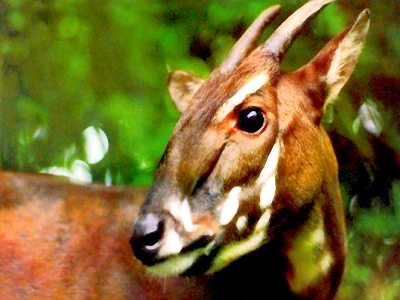
Overshadowed by: deer and antelope
Scientific name: pseudoryx nghetinhensis
Classification: mammal
Diet: spleen wart, hamalomena, sxerculiaceae, and fig leaves
Predators: tigers, leopards, and dholes
Endangered status: critically endangered, they may be extinct by next year
Habitat: Dense forests between Laos and Vietnam
Fun facts: The saola was discovered in 1992. It is considered the greatest animal find of recent times. It was the first new mammal discovery in fifty years.

Friday, February 5, 2016
African Wild Dogs
Over shadowed by: Lions
Scientific name: Lycon Pictus
Classification: mammal
Endangered Status: endangered
Size: 141 cm and 18 to 39 km
AKA: Hunting dogs, painted wolfs, and A.W.D.s
Habitat: African savanna, and forests
Diet: Wildebeest, Impala, other antelope, zebra, warthogs, and aardvarks
Predators: lions and hyenas
Closest relatives: other members of the K-9 family, such as the maned wolf, the gray wolf, dogs, red wolfs, fennec foxes, dingoes, coyotes, hyenas, and jackals.
Fun facts: 9 out of 10 African wild dog hunts end in a kill, will eat prey before fully dead, only 6600 left in wild, can run up to 35 miles per hour for hours at a time, and A.W.D.s have been endangered for 20 years
Scientific name: Lycon Pictus
Classification: mammal
Endangered Status: endangered
Size: 141 cm and 18 to 39 km
AKA: Hunting dogs, painted wolfs, and A.W.D.s
Habitat: African savanna, and forests
Diet: Wildebeest, Impala, other antelope, zebra, warthogs, and aardvarks
Predators: lions and hyenas
Closest relatives: other members of the K-9 family, such as the maned wolf, the gray wolf, dogs, red wolfs, fennec foxes, dingoes, coyotes, hyenas, and jackals.
Fun facts: 9 out of 10 African wild dog hunts end in a kill, will eat prey before fully dead, only 6600 left in wild, can run up to 35 miles per hour for hours at a time, and A.W.D.s have been endangered for 20 years
Friday, January 29, 2016
Thylacine
Dear followers,
This is the last post of prehistoric mammal month. There are so many more animals I would like to blog about but sadly there is not enough time. So I hope you enjoy this post. Presenting, my personal favorite, the Tasmanian tiger (a.k.a Tasmanian wolf or Thylacine).
Diet: kangaroos, small rodents, birds, and other marsupials.
Became extinct on: September, 11, 1936
Weight: 66 lbs
Lived in: Australia
Fun fact: The Tasmanian tiger was the largest modern carnivorous marsupial.
This is the last post of prehistoric mammal month. There are so many more animals I would like to blog about but sadly there is not enough time. So I hope you enjoy this post. Presenting, my personal favorite, the Tasmanian tiger (a.k.a Tasmanian wolf or Thylacine).
Diet: kangaroos, small rodents, birds, and other marsupials.
Became extinct on: September, 11, 1936
Weight: 66 lbs
Lived in: Australia
Fun fact: The Tasmanian tiger was the largest modern carnivorous marsupial.
Saturday, January 16, 2016
Glyptadons
Diet: Herbs
Lived until: the beginning of human settlement
Weight: 1 ton
Length: 10 feet
Lived in: the Americas
Fun facts: Name means carved tooth, and early humans used shells as shelter.
Lived until: the beginning of human settlement
Weight: 1 ton
Length: 10 feet
Lived in: the Americas
Fun facts: Name means carved tooth, and early humans used shells as shelter.
Friday, January 8, 2016
Megatherium sloths
Diet: All types of vegetation and possibly already dead carcasses
Period: From beginning of the first ice age to the dawn of civilization
Fossils have been found in: South America
size: 5 tons and 24 feet long
Closest living relatives: other sloths
Period: From beginning of the first ice age to the dawn of civilization
Fossils have been found in: South America
size: 5 tons and 24 feet long
Closest living relatives: other sloths
Saturday, January 2, 2016
The Skinny shrew
Dear loyal followers,
I have decided that in the month of January I'm going to post about prehistoric mammals. So lets start with the first true mammal on earth, the Skinny shrew. Have a good Prehistoric Mammal Month.
Diet: insects
Habitats: shorelines of fresh water lakes
Closest living retaliative: Elephant shrew (to learn more about the elephant shrew click here)
How we know about them: Fossils in the liaoning providence of china
lived in: the Jurassic period
I have decided that in the month of January I'm going to post about prehistoric mammals. So lets start with the first true mammal on earth, the Skinny shrew. Have a good Prehistoric Mammal Month.
Diet: insects
Habitats: shorelines of fresh water lakes
Closest living retaliative: Elephant shrew (to learn more about the elephant shrew click here)
How we know about them: Fossils in the liaoning providence of china
lived in: the Jurassic period
Subscribe to:
Posts (Atom)

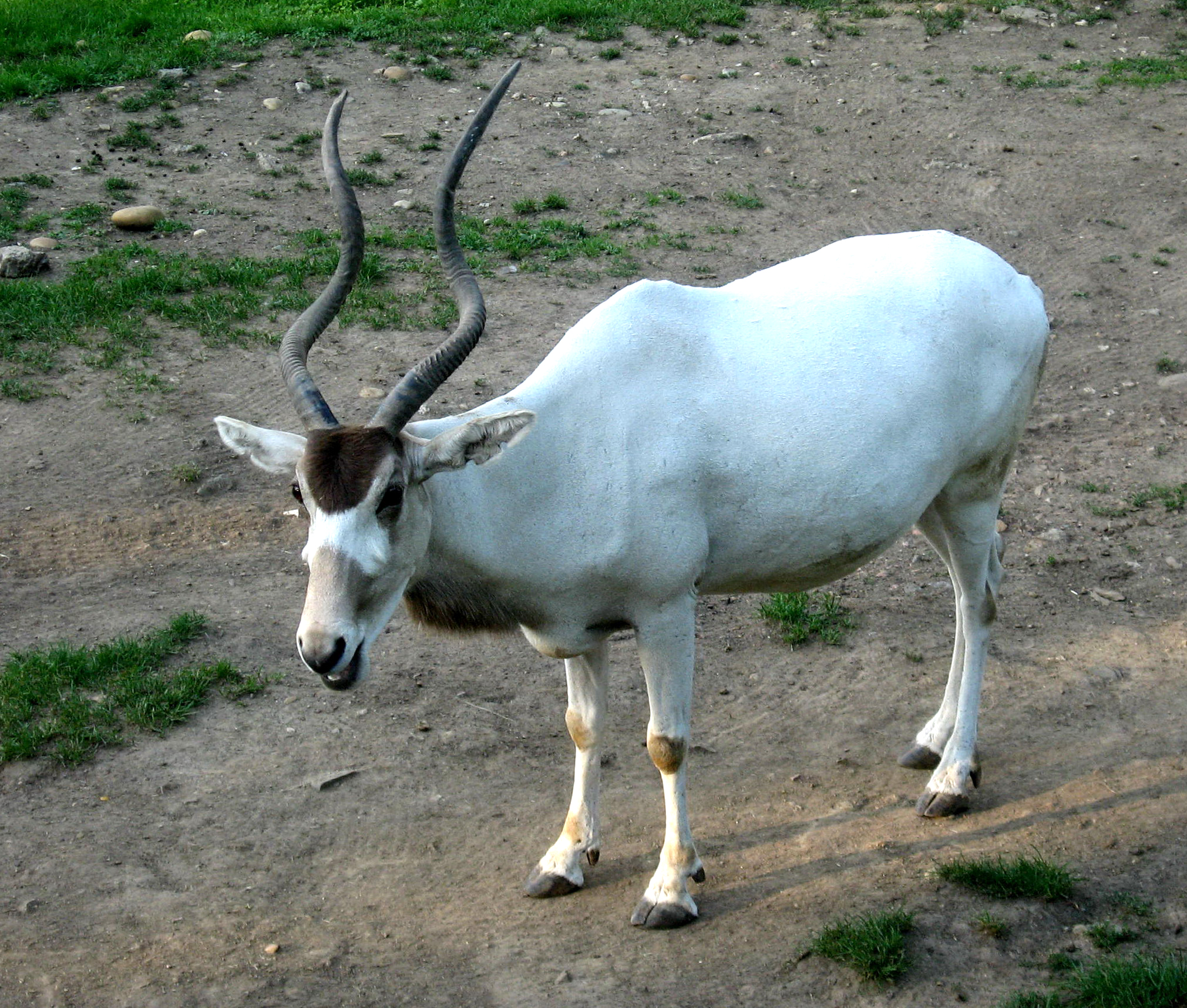

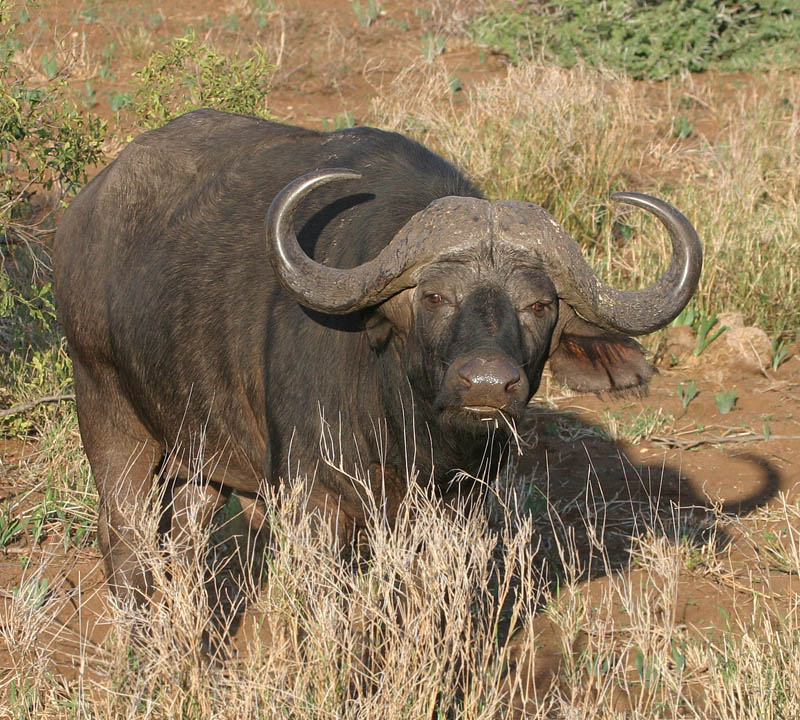

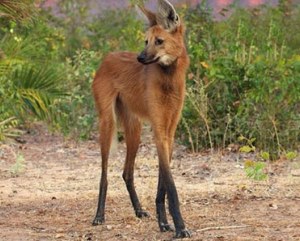
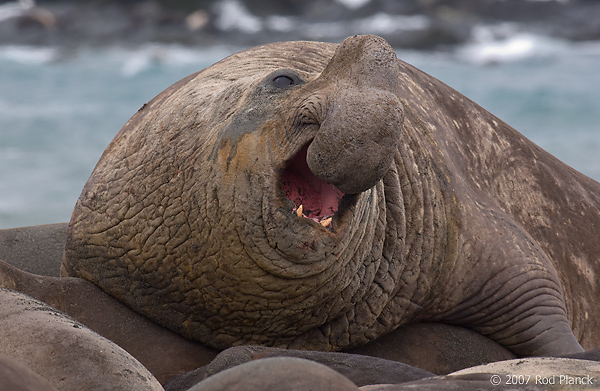








.jpg)

